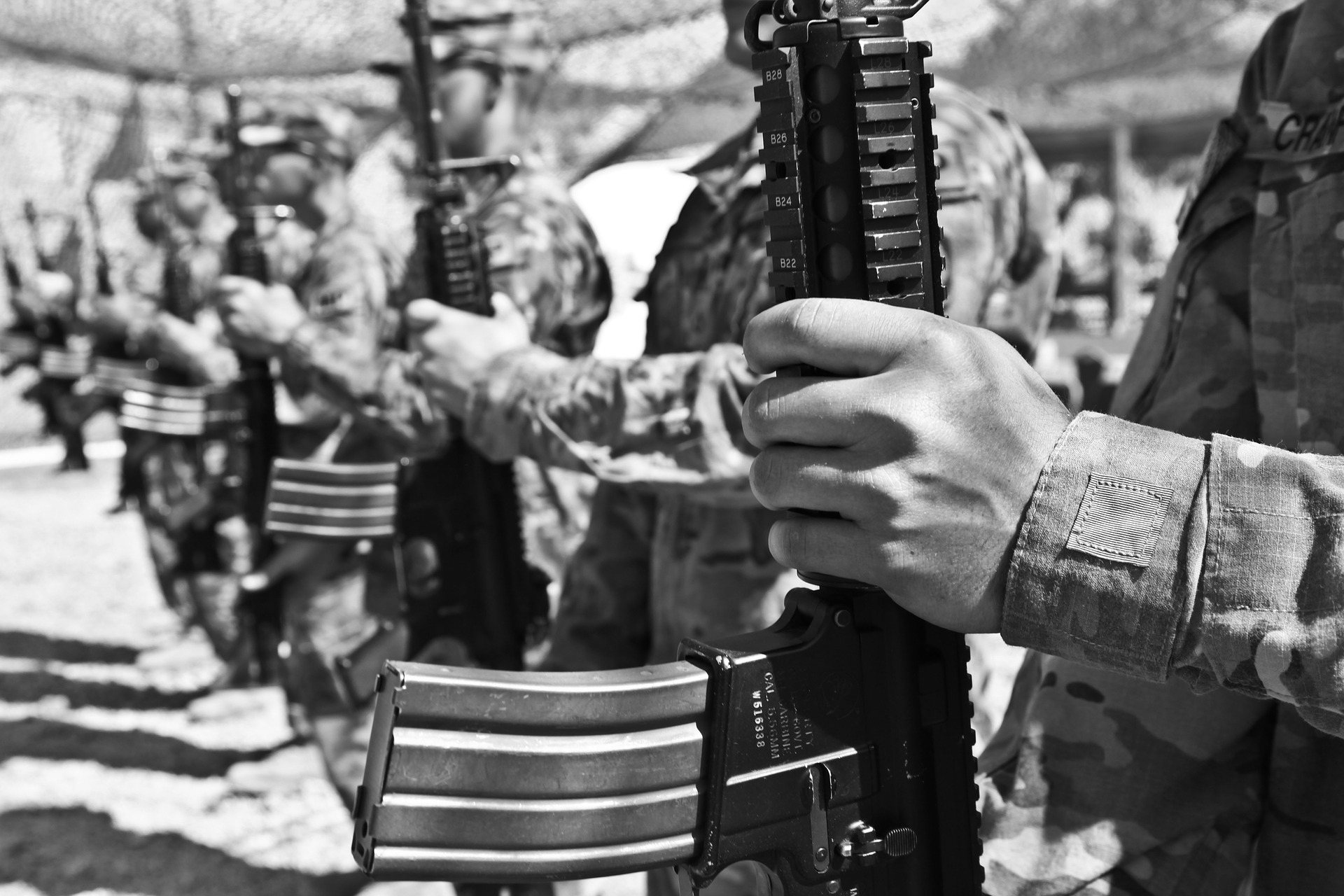With the recent US military pullout from Afghanistan and return to power of the Taliban in very much at the forefront of international news, a recent UK Guardian article by Sophie Haspelagh outlined in forceful terms the problems inherent in the international community’s post 9/11 propensity for responding to non-state groups that use violence by ‘blacklisting’ them. Drawing on examples ranging from Colombia’s civil war to conflicts past and present in the Basque country and the Philippines, Haspelagh highlights the obstacles to peaceful settlements created by the deployment of a blanket, security-focused response to insurgencies with widely differing profiles, methods and objectives. This, she suggests, all too often has the effect of ‘pushing politics underground and raising the entry cost for dialogue and negotiations’, thereby also reducing opportunities to address the root causes of political violence. Indeed, she asks pertinently, would the Northern Ireland Good Friday Agreement have passed muster in a post 9/11 world?
If Haspelagh had wanted to further illustrate her argument with concrete examples she could have done worse than consider the case of Sri Lanka. At the time of the 9/11 attacks the country was nearly 20 years into a bloody civil war between government forces and the Liberation Tamil Tigers of Eelam (LTTE), a ruthless, dedicated and by 2001 sizeable armed force fighting for the creation of an independent homeland for the country’s beleaguered Tamil minority. By this stage of the conflict, despite some determined, large-scale recent military offensives on both sides, things were firmly stuck in what conflict analysts call a ‘hurting stalemate’.
Successive attempts by government forces to dislodge the Tigers from the large areas of the country’s North and East under their control had failed. And in the meantime, the LTTE had continued to demonstrate its ability to fight back hard – most spectacularly in a well-planned assault on the country’s international airport on 24 July 2001, just 6 weeks before the 9/11 attacks. The assault completely devastated Sri Lanka’s national airline (26 planes were destroyed), virtually wiped out the country’s tourist industry overnight and sent the national economy into a tailspin.
With details essentially unknown to anyone at the time bar those directly involved, however, starting from late 1999 Norway had been attempting to lay the basis for an agreement to stop the fighting. Importantly, they were doing so at the invitation of the leaderships on both sides – something that in itself constituted an achievement of sorts given the government’s habitually high level of attachment to national sovereignty and LTTE supremo Velupillai Prabhakaran’s ingrained suspicion of outsiders – Sinhalese compatriots included. After an extended period of delicate, Oslo-facilitated exchanges involving a small coterie of government officials – chiefly President Chandrika Bandaranaike, Foreign Minister Lakshman Kadirgamar and, from December 2001 onwards, incoming Prime Minister Ranil Wickremesinghe – and Anton Balasingham, London-based political adviser to Prabhakaran, the contours of a Ceasefire Agreement (CFA) were eventually hammered out, and the CFA went public in late February 2002. An initial period of national euphoria ensued, during which ordinary Sinhalese and Tamils seized on the opportunity provided by official reopening of the A9 road crossing between government and LTTE controlled territory to visit – the first time it had been open in nearly 20 years – the other side. Overall, the CFA ushered in an extended period of peace – or at the very least, absence open combat – and paved the way for Norwegian-facilitated peace talks aimed at reaching a broader agreement.
Subsequently, despite persistent ceasefire violations on both sides, notably in the aftermath of the breakdown of peace talks, six rounds of which were held between September 2002 and March 2003 – itself a mark of both sides’ engagement with them at the time – formally speaking the CFA held. In autumn 2006, however, on the back of Mahinda Rajapaksa’s victory in late 2005 presidential elections and an accelerating decline in mutual trust manifested in mounting ceasefire violations, the fighting resumed. Eelam War IV continued unabated until its bloody ending in May 2009: an alloyed military victory for government forces and wholesale wipeout of the LTTE (Prabhakaran and most of its leadership included) as a military force.
The relevance of this to the continuing ‘blacklisting’ debate – ‘proscription’ as it was called in Sri Lanka – seems clear. First, by 2001 the LTTE had already been proscribed by a number of countries, the US and UK – and of course, Sri Lanka itself – included. The CFA and subsequent peace talks could never have taken place, however, if proscription had served as a bar to entry: and thankfully, it didn’t. Second, and most intriguingly, while President Bush’s declaration of a ‘War on Terror’ provided the impetus for a US military invasion of Afghanistan, and later Iraq, even after 9/11 his administration continued to view – and treat – Sri Lanka rather differently. For all the talk of eradicating terrorism, and with the 9/11 attacks firmly on everyone’s minds, in Sri Lanka Washington nonetheless openly espoused a policy of robust support for Norwegian mediation efforts.
How did this come about? History is rarely if ever simply about individuals, but in this case one person certainly played a key role. Richard Armitage was Bush’s March 2001 appointee as Deputy Secretary of State, with a portfolio that included Asia. A warm, barrel-chested ex-Marine with extensive combat experience on the frontlines of the Vietnam War, from the start of his term in office Armitage took a positive, highly supportive approach to Norwegian mediation efforts in Sri Lanka. Interviewing him in 2014 for my book on the subject, Armitage suggested that at the time, his view was that ‘if the LTTE could be induced to modify…we could remove them from the [proscribed] list’. And to that end, Armitage continued jovially, he took the view that ‘where Norway led on Sri Lanka, we gladly followed’.
Armitage’s support for the Norwegians didn’t stop there either. He both attended a dedicated international donor conference held in Oslo in late 2002 soon after a second round of peace talks held in the same venue and –seemingly with official clearance from the State Department – met Anton Balasingham on the sidelines. In this sense Armitage’s approach to the Sri Lanka conflict arguably prefigured by some 15 years the Trump administration’s decision to (finally) sit down and talk to the Taliban in Afghanistan. And if Armitage had had their ear, who knows? Perhaps it – or previous administrations – might have done so earlier.
Finally, Sri Lanka’s experience of ‘talking to terrorists’ places the issue of legitimacy into sharp relief. When the first round of talks between the government and LTTE was held in mid-September 2002, at the Sattahip naval base in Thailand, lead Norwegian negotiator Erik Solheim confronted a number of thorny challenges directly related to this difficult issue. As Solheim put it to me, in advance of the talks themselves key points of contention [were] who would speak first – and the seating arrangements. While accepting the LTTE as ‘equal partners’ the Sri Lankan delegation nonetheless insisted that ‘one way of the other, it had to be made clear that there was a government and a rebel group [involved].’ In the event the compromise was that the government delegation’s head would speak first, ‘while the LTTE was given the best seating position. ‘I moved the name tags around myself to ensure this’, Solheim told me, ‘as the Thais were reluctant to do something not within their protocol. The main issue was treat[ing] the two entities equally’.
One conclusion of wider relevance is perhaps that for these and similar types of negotiation efforts to succeed, a clear distinction needs to be made between context-specific and broader/wider questions of legitimacy. In Sri Lanka, the two parties clearly enjoyed different political standings: one was a democratically elected government, the other an armed movement whose legitimacy derived from a combination of support (or at least, acquiescence) from Sri Lankan Tamils and the barrel of the gun. For the purposes of peace negotiations, however – and as initially recognized by all sides – parity of treatment and respect was essential to the whole enterprise. And today as then, there’s a lesson worth heeding when dealing with armed insurgencies anywhere.
Mark Salter is author of To End A Civil War: Norway’s Peace Engagement in Sri Lanka (Hurst, London, 2015)

Mark Salter is a journalist, analyst and writer, and the author of To End a Civil War: Norway’s Peace Engagement in Sri Lanka and From Independence to Aragalaya: A Modern History of Sri Lanka (both published by Hurst). A former BBC radio journalist, he first visited Sri Lanka in 2002, and has lived on the island since 2019.
